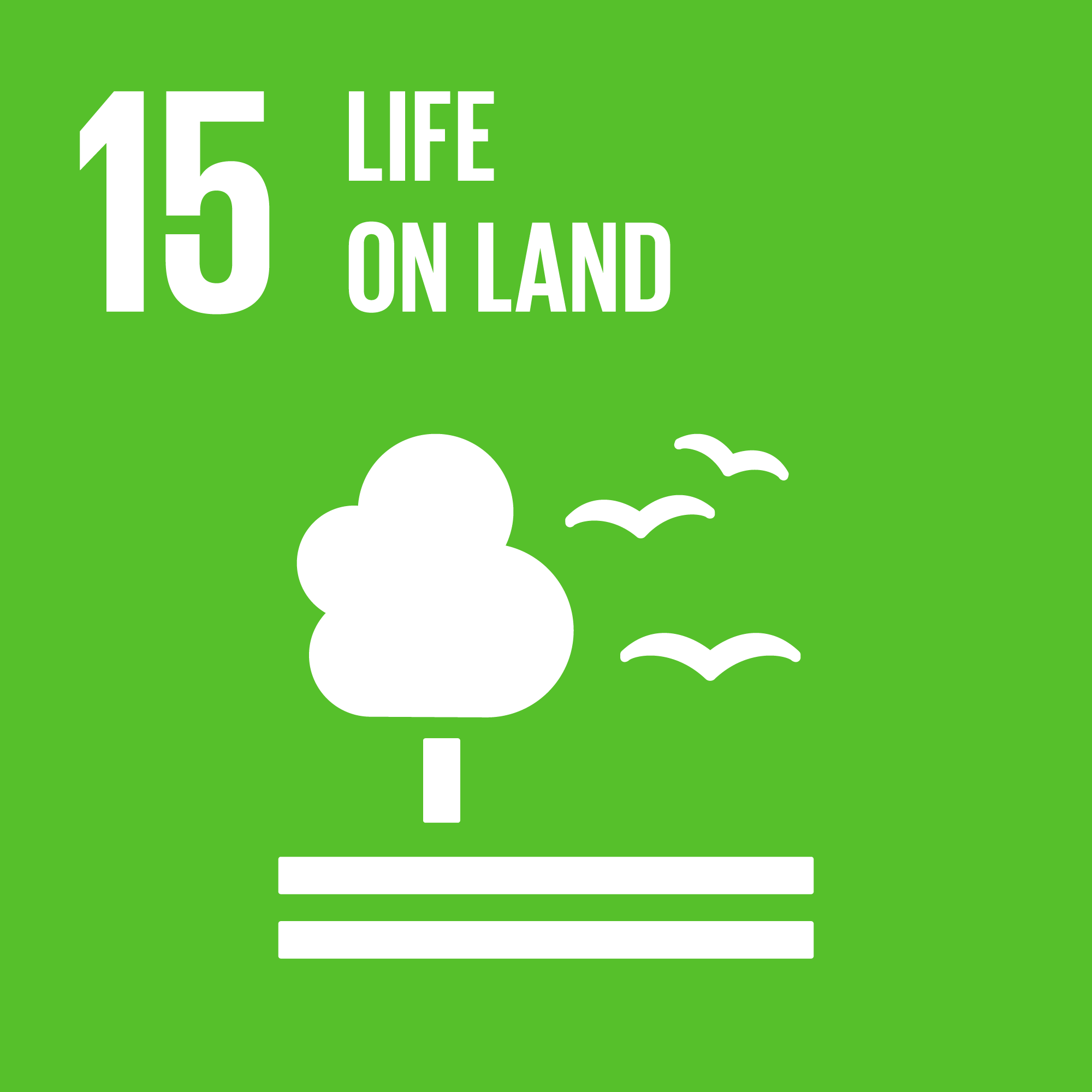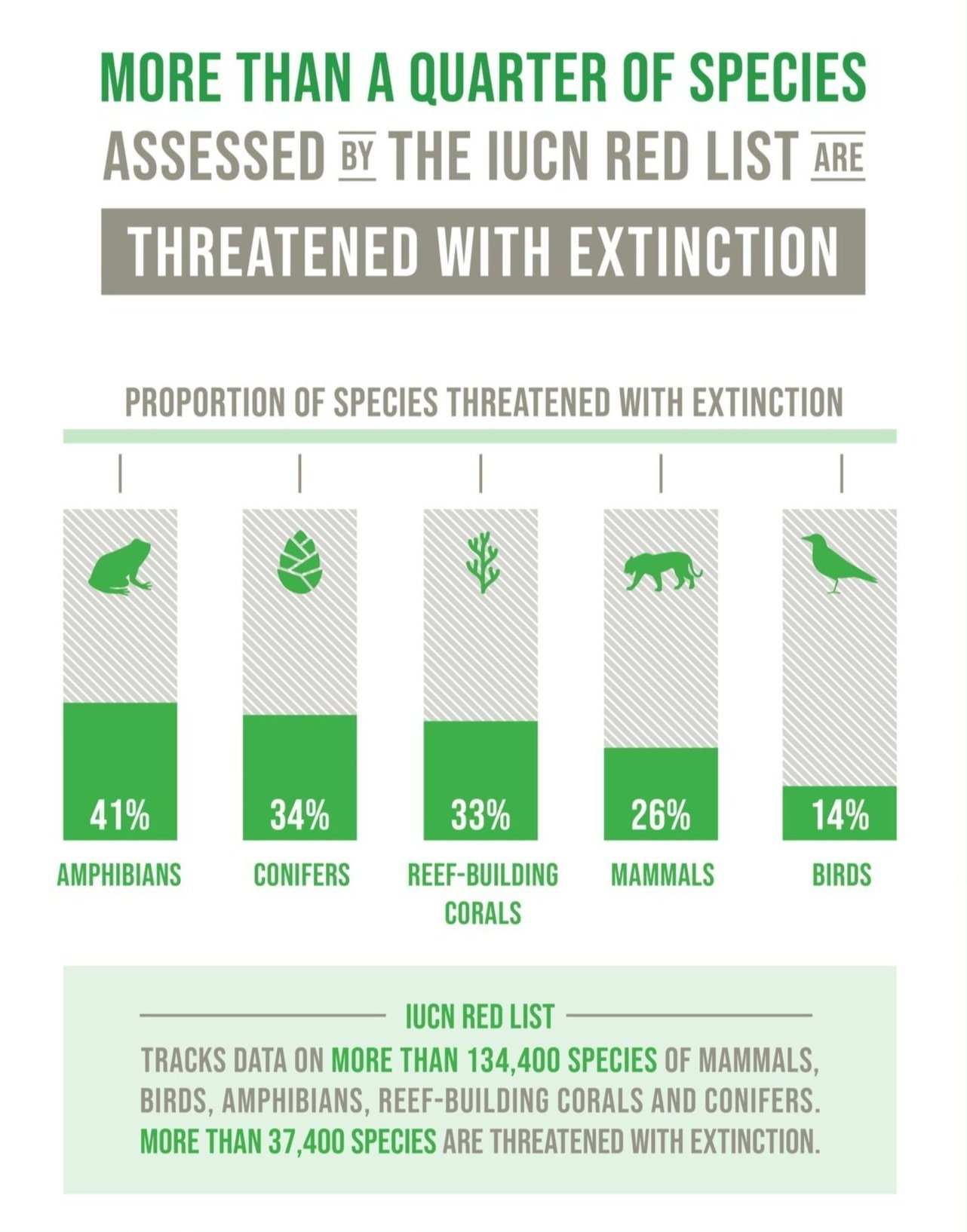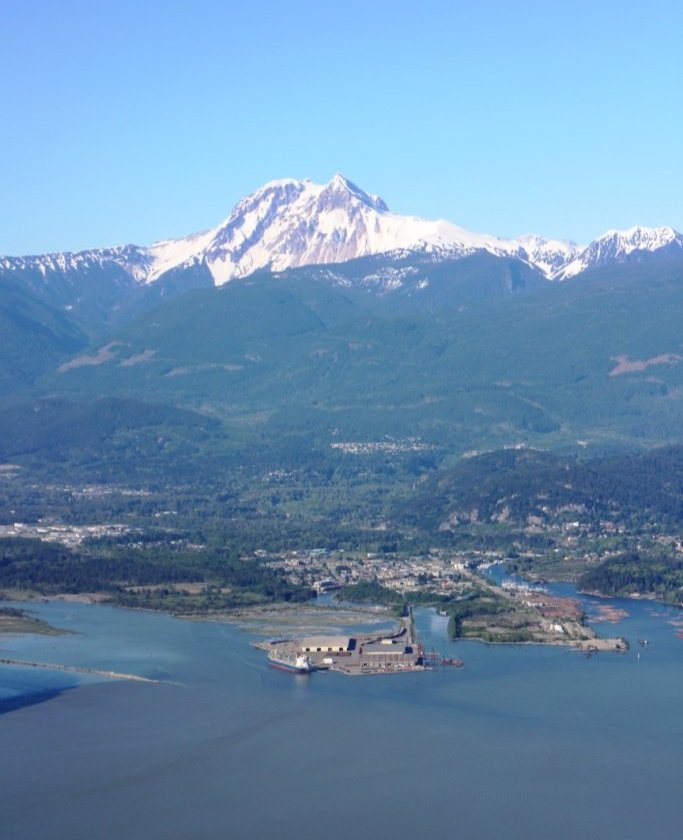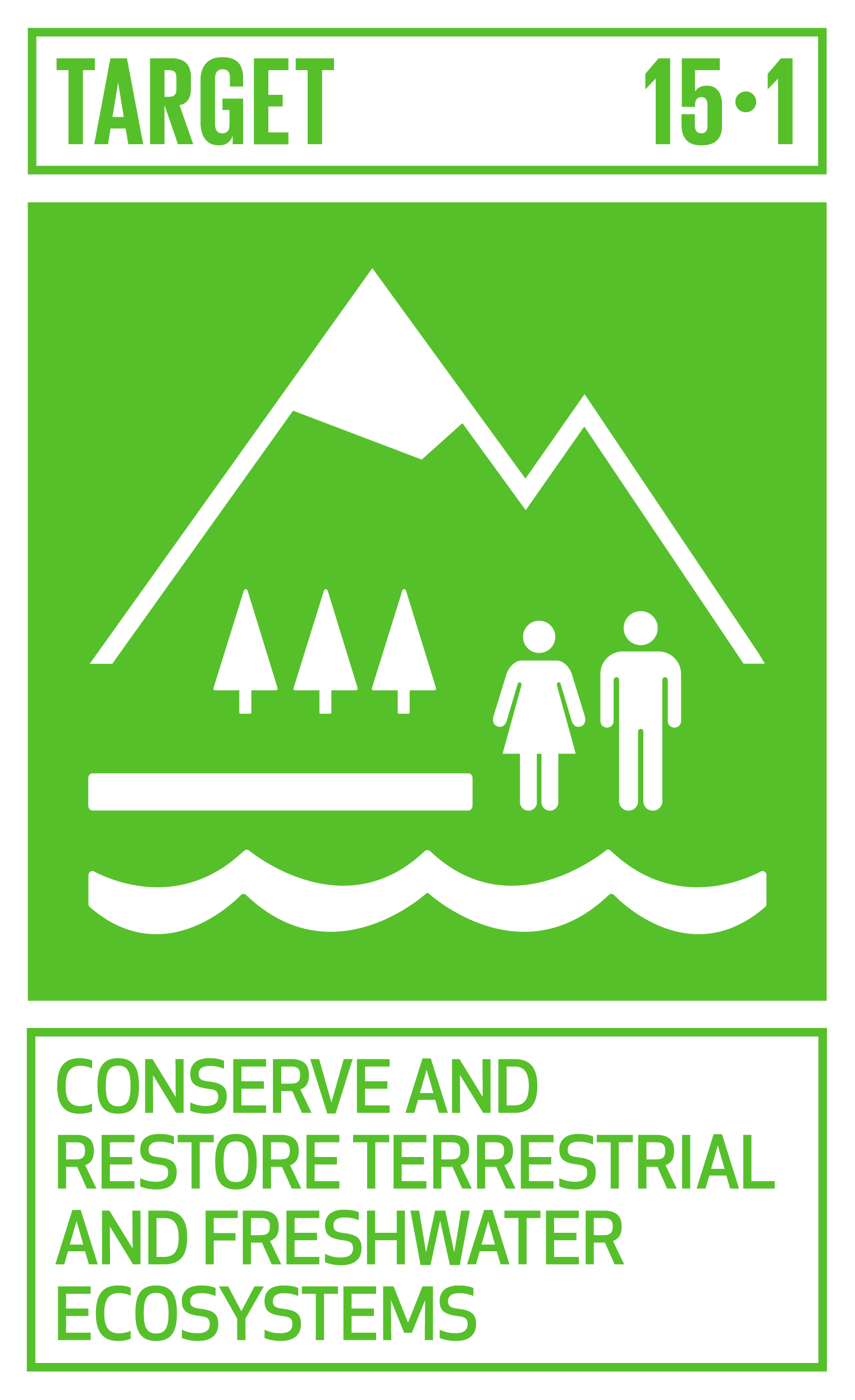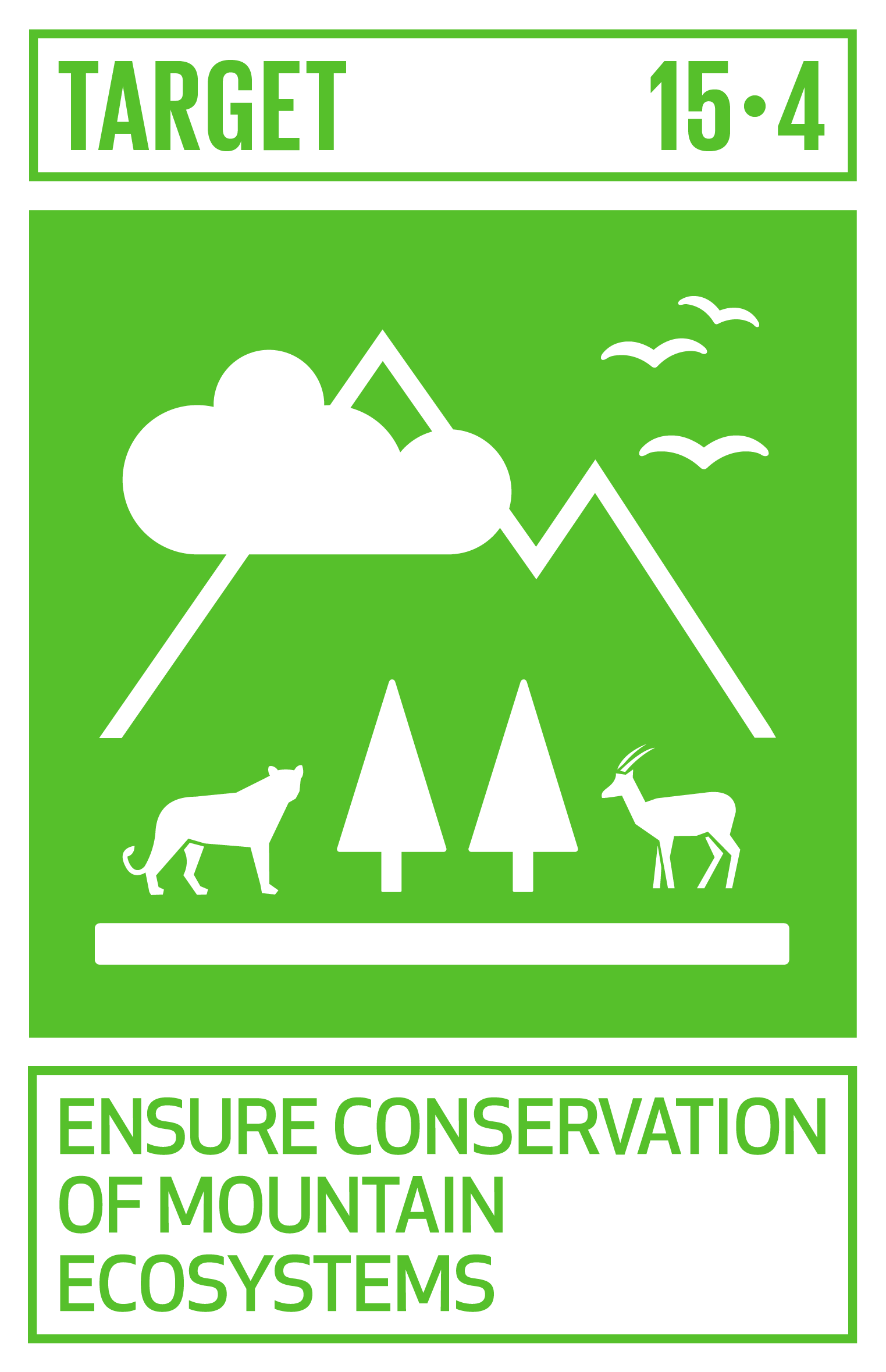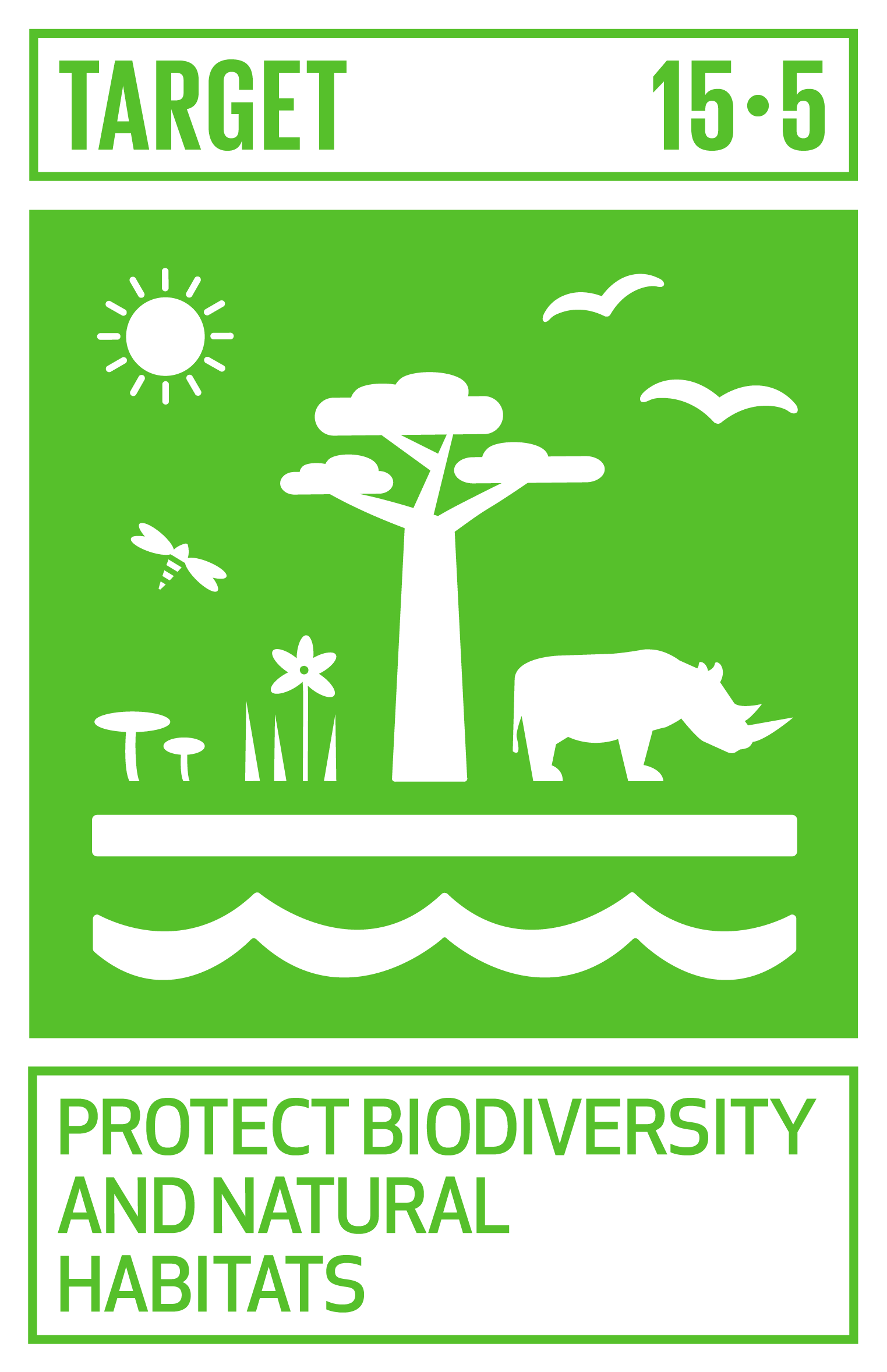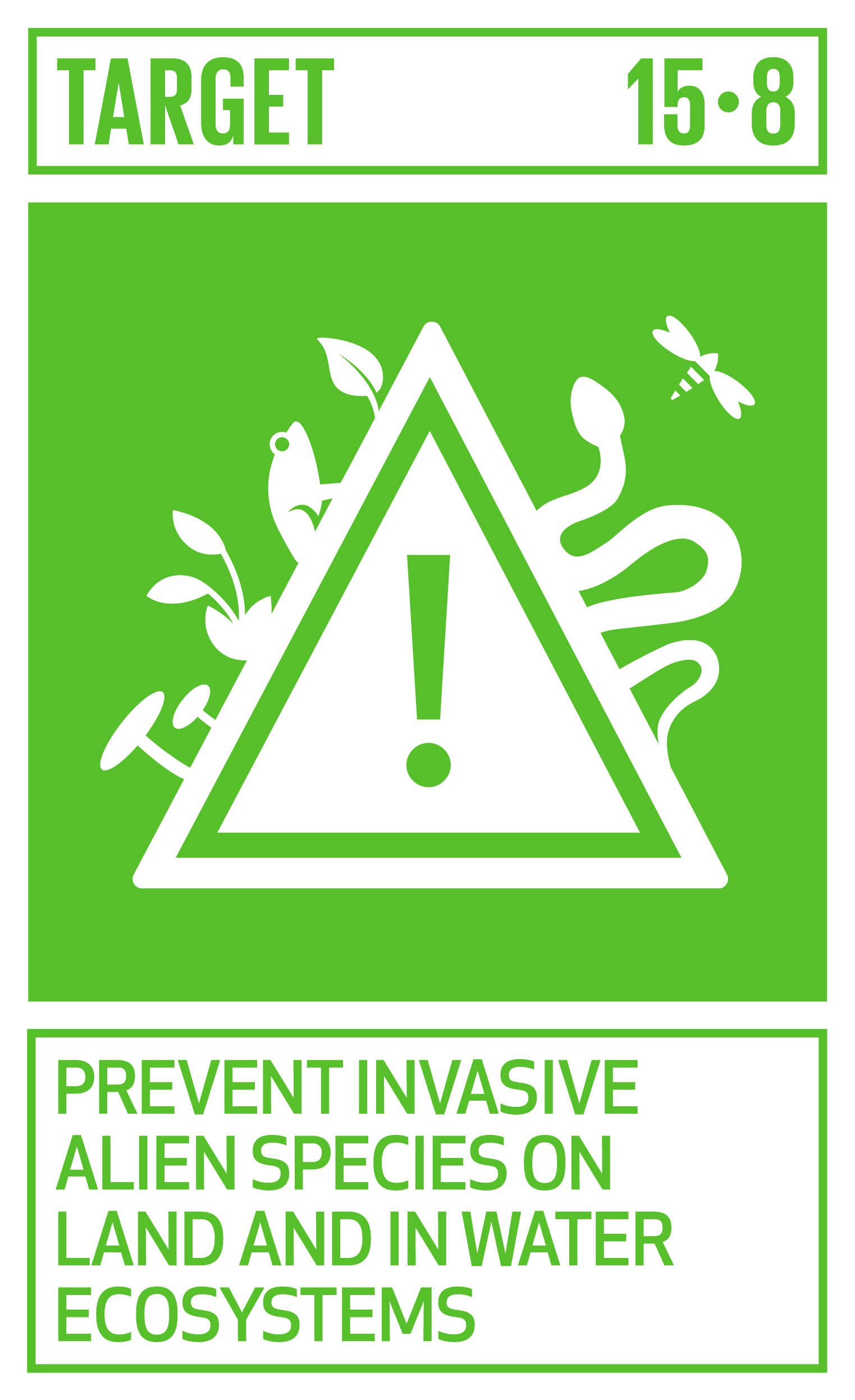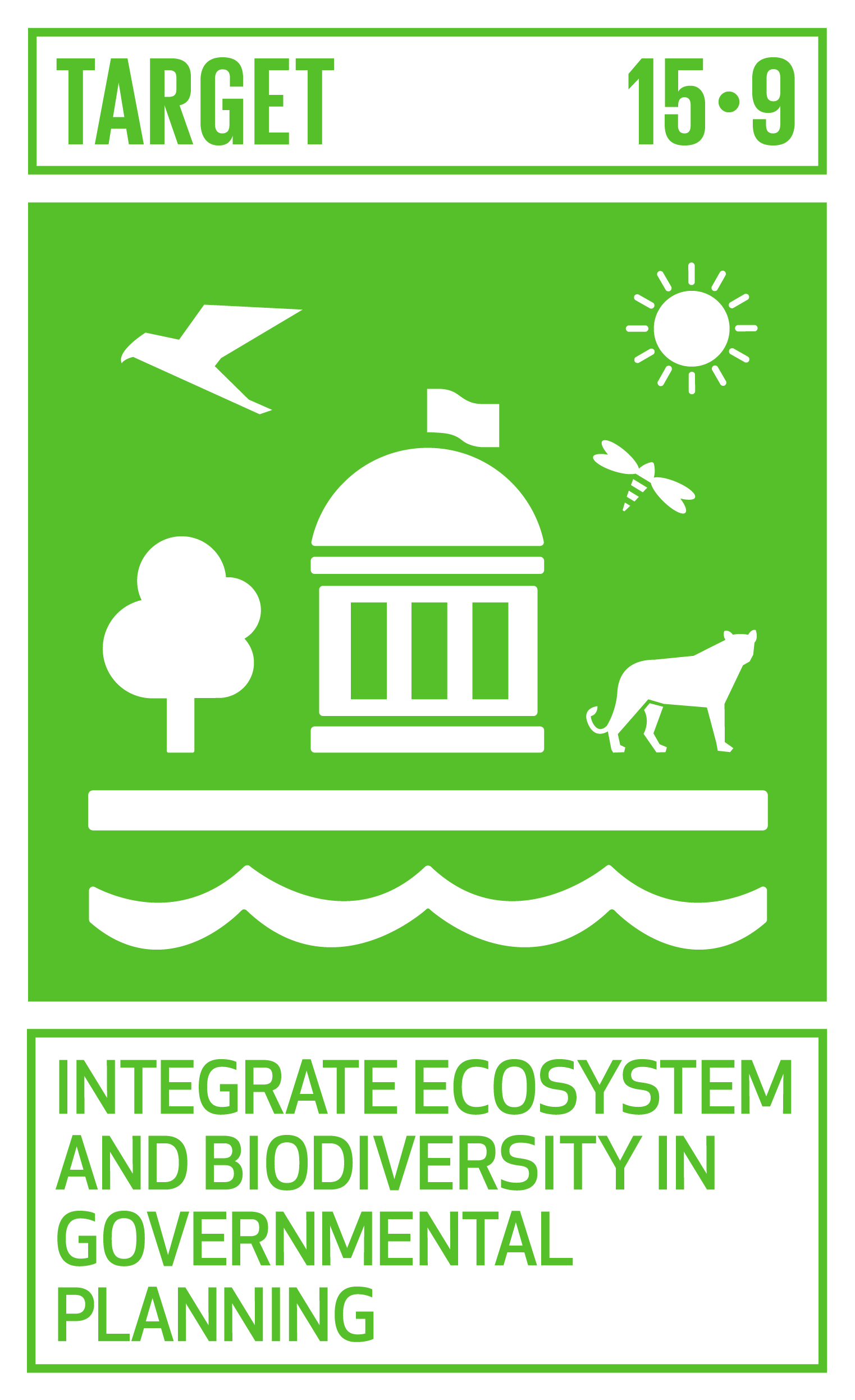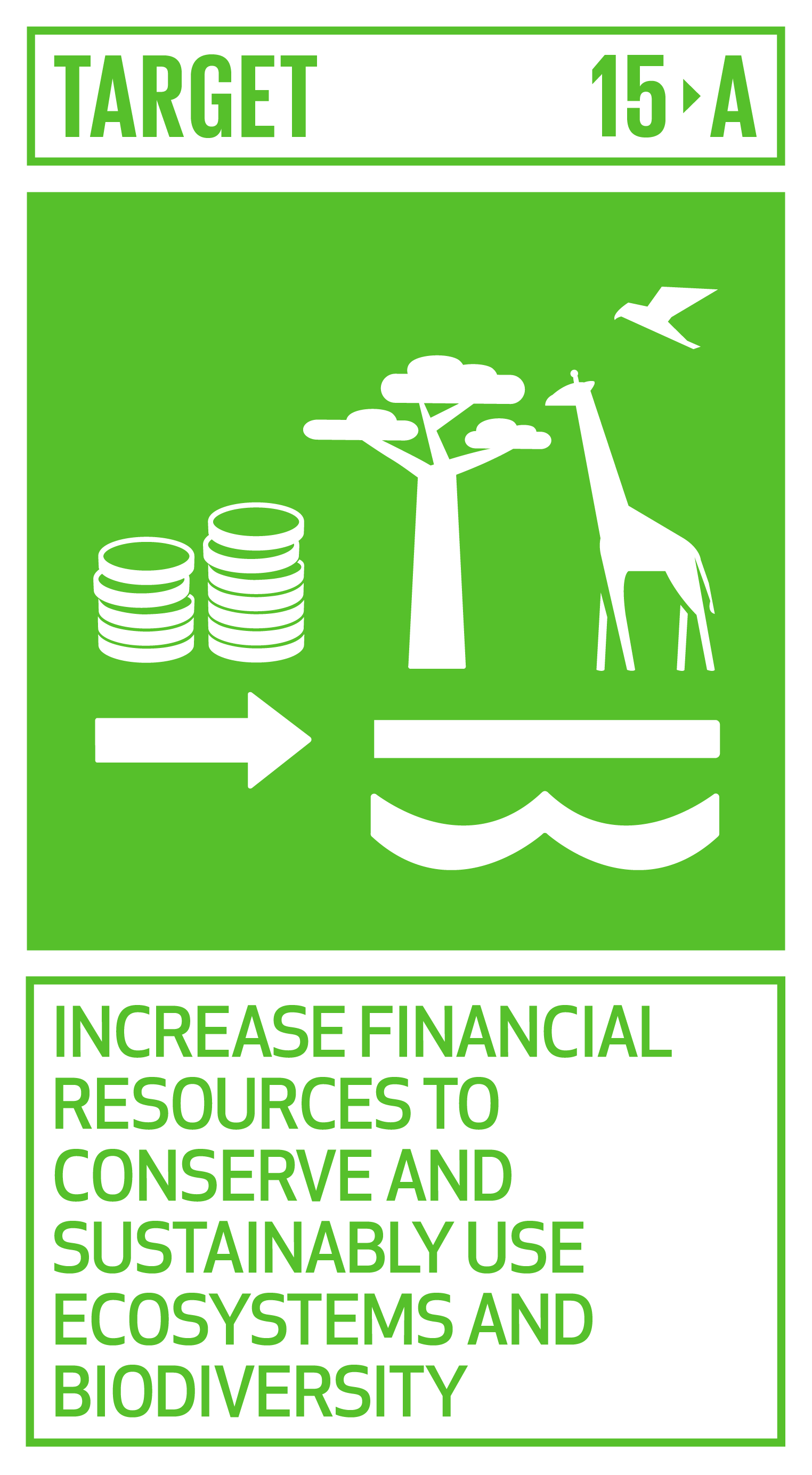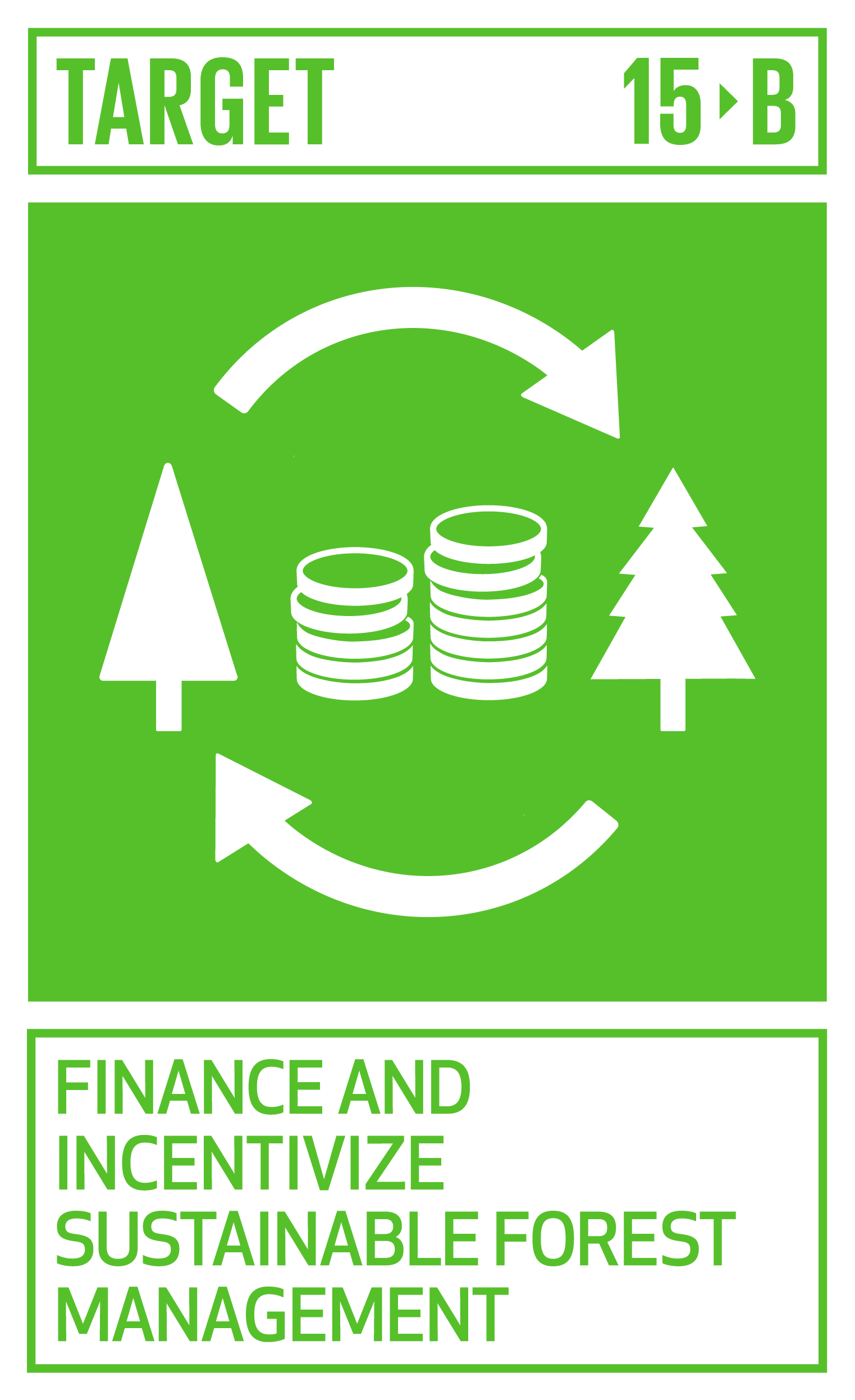A flourishing life on land is the foundation for our life on this planet. We are all part of the planet’s ecosystem and we have caused severe damage to it through deforestation, loss of natural habitats and land degradation. Promoting sustainable use of our ecosystems and preserving biodiversity is not a cause. It is the key to our own survival. source: Global Goals.org
Canada’s Response:
For Canada, the 2030 Agenda calls for concerted efforts to build an inclusive, sustainable and resilient future, a secure world founded on human rights and the rule of law, free from poverty and hunger. One with full and productive employment and access to quality education and universal health coverage, where gender equality has been achieved, culture and diversity are celebrated, and the environment is protected. Source: Towards Canada’s 2030 Agenda
Canada’s commitment to –SDG 15 Life on Land is expressed in the 2021 Mandate Letter to the Minister of Environment and Climate Change Canada. For example:
“Continue to work with the Minister of Fisheries, Oceans and the Canadian Coast Guard and partners to ensure Canada meets its goals to conserve 25 per cent of our lands and waters by 2025 and 30 per cent of each by 2030, working to halt and reverse nature loss by 2030 in Canada, achieve a full recovery for nature by 2050 and champion this goal internationally. You will ensure that this work remains grounded in science, Indigenous knowledge and local perspectives.
Work with First Nations, Inuit and Métis partners to support new Indigenous Guardians programs and establish new Indigenous Guardians Networks, and support Indigenous communities to build capacity to establish more Indigenous Protected and Conserved Areas.
Establish 10 new national parks and 10 new national marine conservation areas (NMCAs) in the next five years, working with Indigenous communities on co-management agreements for these national parks and NMCAs.”
How are actions within our biosphere region contributing toward these goals?
The AHSBR region is a complex assembly of public lands, private lands, rural areas, incorporated municipalities, and unincorporated communities requiring an equally complex set of plans, procedures, and tools to effect sustainable development over the region’s land base and marine environments. Stewarding biodiversity conservation across the region is a big job many organizations are undertaking.
The Átl'ka7tsem/Howe Sound biosphere region covers 183,727 hectares is land-based.
89% of the terrestrial area is under the management and shared stewardship of the Province of BC and First Nations.
Approximately 42% of the terrestrial area within the region is currently under some form of management for conservation values.
Sea-to-Sky Land and Resource Management Plan (LRMP)
The foundation for sustainable development on public lands in much of the AHSBR rests in the Sea-to-Sky Land and Resource Management Plan (LRMP) prepared for the region in 2008 and the Squamish Nation’s Xay Temiewx plan. The purpose of the Sea-to-Sky LRMP is “to provide greater certainty for local economic development and the long-term sustainability of ecological, social and cultural values.” The LRMP plan area includes approximately 74% of the AHSBR region and is fundamental to realizing sustainable development goals in Atl’ka7tsem/Howe Sound. Read more about the criteria for a biosphere region here and the conservation function from our 2020 UNESCO nomination documen
The Howe Sound Conservation Network
Through the Howe Sound Conservation Network, citizen-led stewardship organizations foster cooperation and capacity building to conserve life on land. A summary of projects Conservancies in the region are working on can be found in this recent newsletter.
A list of monitoring and other land-based activities contributing toward the goals can be found in the action trackers. Click here for the terrestrial and here for the marine.
Forestry Management Practices
Forestry has been and will remain a mainstay for jobs in the region. Forestry practices have drastically changed towards more sustainable practices over the past few decades. Forest management and logging in Squamish and the surrounding region now have a strong First Nation influence. Today the Squamish Nation holds most of the timber licenses in the Sea to Sky region and takes a balanced approach. A newly emerging Community Forest near Squamish is a partnership between the Squamish Nation and the District of Squamish. It will have the opportunity to exemplify best practices in forest management.
Below are the most relevant actions for SDG15 goals. Click here to learn more about UN SDG 15.
What more can we be doing or are we on track? We want to hear from you.
In developing a management plan for the Átl'ḵa7tsem/Howe Sound UNESCO Biosphere Region, we are assessing where we are in our collective vision of Life on Land in the Átl’ka7tsem/Howe Sound region for 2030, and setting priority goals and objectives. Read more here about the Nchu’ú7mut/Unity Plan.
You can submit your comments via our online form.


